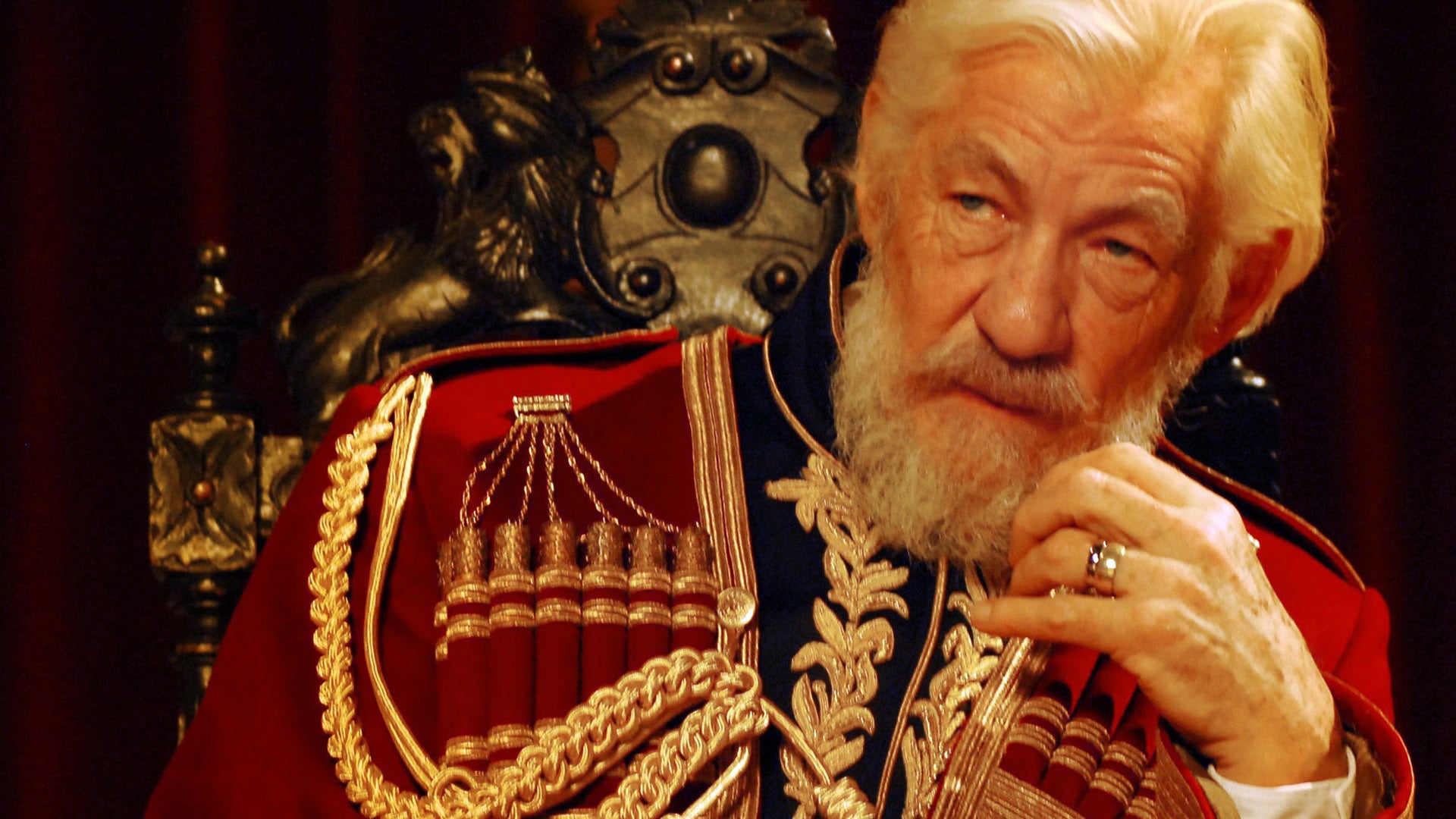Shakespeare didn't shorten King Lear - it was his printer, says scholar
New book The One King Lear by Sir Brian Vickers attempts to tackle a long-held belief about the most authoritative version of Shakespeare's tragedy

There's are two versions of Shakespeare's great, mournful tragedy King Lear.
The 1608 Quarto version and the 1623 Folio: with the former containing 100 lines absent from the latter, and the latter containing 300 lines absent from the former. A curious state, yet for centuries the two have been combined in an attempt to create what was conceived as the 'full' King Lear.
However, a revisionist movement in the '70s and '80s claimed Shakespeare himself had shortened the Folio; and that, in fact, the two copies existed as separate versions of the play. Though a conflated version of both copies is still most regularly performed, many now consider the Folio the more perfected and more authoritative version.
Until now; as a new book by Shakespearean scholar Sir Brian Vickers (via The Guardian) argues the revisionist angle is incorrect; it wasn't Shakespeare who edited the Folio text, but a thoughtless printer who miscalculated how much paper would be needed to print the play.
Indeed, The One King Lear insists there is absolutely no evidence Shakespeare had ever edited the Folio text. "The unique thing about Lear is that the cuts in the Quarto and in the Folio occur in different places, so the two physically interlock perfectly," said Vickers, who is a senior fellow at the School of Advanced Study, University of London.
"For 300 years, people just took the bits which were missing from one, and put them in the other, and everyone was happy. But in the 70s, people were trying to overthrow the assumptions and attitudes of previous generations, and to overthrow what they thought to be orthodoxies."
Vickers actually considers the revisionist theory "quite damaging" to the play; jettisoning the Quatro's 'mock trial' scene in which Lear hallucinates Goneril and Regan upon the heath, as well as a scene in which Kent and a Gentleman discuss the states of mind of both Cordelia and Lear.
"The revisionists said we don’t really need this scene, that it’s not important – that we’d much rather see Lear than hear what’s said about him," says Vickers of the latter scene. "[But] it’s a very important scene which shows he’s now aware of what he did. Shakespeare deliberately wrote the scene to prepare for what follows, it’s a very tightly written scene with not a word wasted [and to cut it] is an act of mutilation."
BFI's Shakespeare On Film collection
Show all 22
Vickers' theory is bound to attract its fair share of controversy. "I imagine battle will be joined," UCL English professor John Mullan commented. "The excitement of the revisionist theory was that for the first time, we could see evidence of Shakespeare at work."
"The thought was that if you looked at the variations for the Folio and the Quarto you would be able to see the genius at work. It absolutely became the orthodoxy. I accepted it and I’ve been teaching Lear that way for decades… But Brian is very convincing and it will be interesting to hear what others say in return."
For now, the jury's still out on whether the King Lear we watch onstage today is what Shakespeare intended us to see.
Subscribe to Independent Premium to bookmark this article
Want to bookmark your favourite articles and stories to read or reference later? Start your Independent Premium subscription today.

Join our commenting forum
Join thought-provoking conversations, follow other Independent readers and see their replies